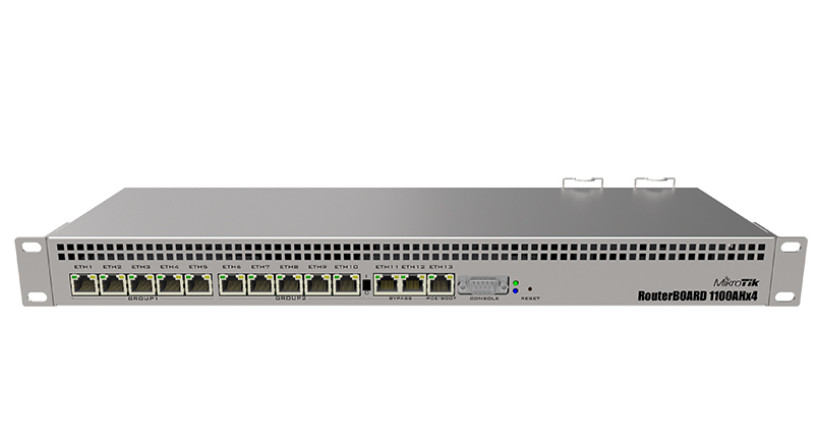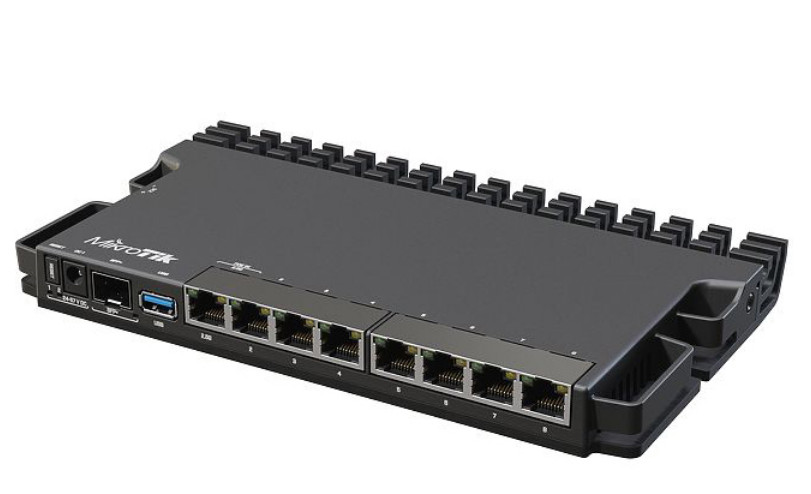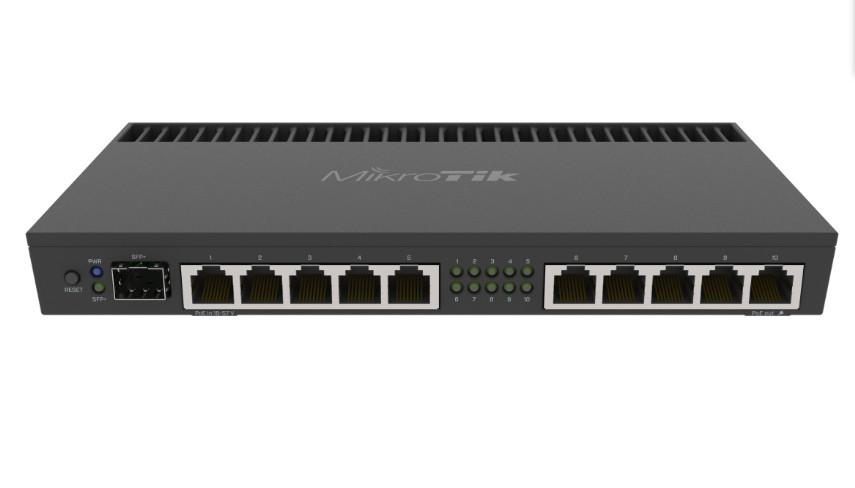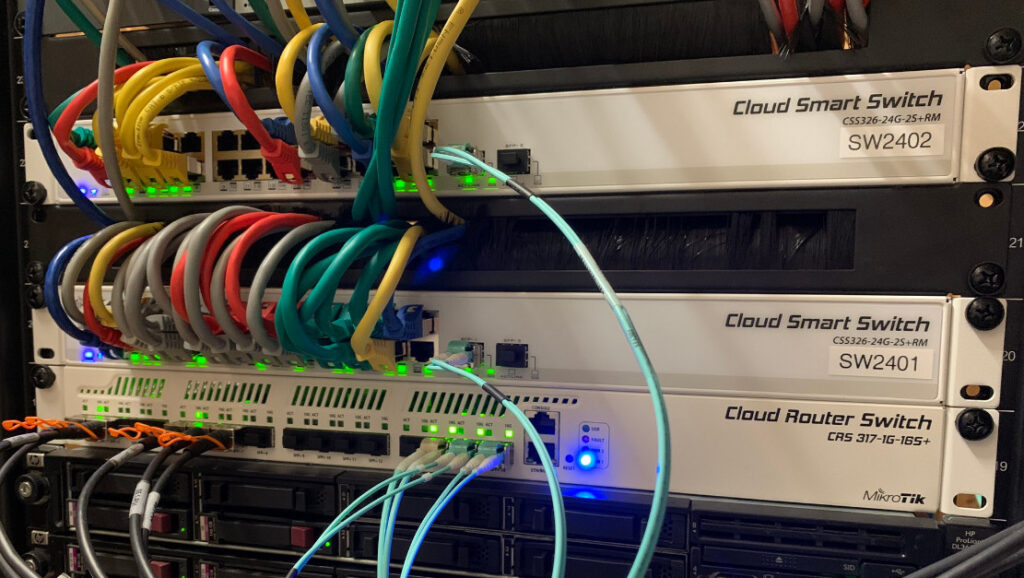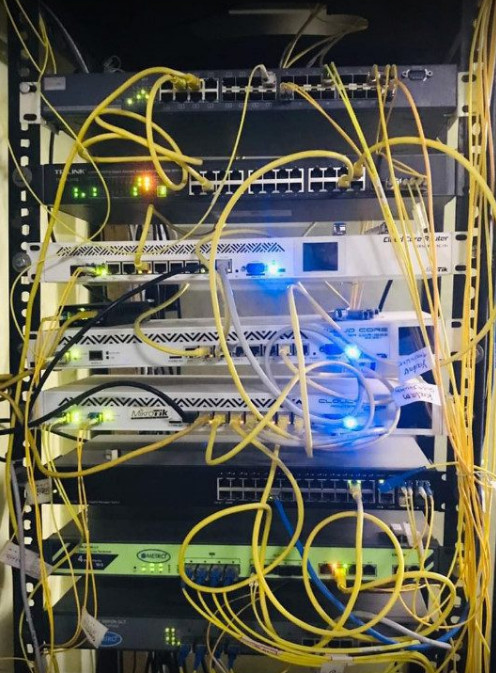- 8777701917
- info@saikatinfotech.com
- Basirhat W.B
MikroTik is a Latvian company that develops hardware and software for computer networking. They are well-known for producing a wide range of networking equipment, including routers, switches, wireless devices, and more. MikroTik’s products are widely used by internet service providers, businesses, and home users for a variety of networking purposes due to their affordability, reliability, and feature-richness.
MikroTik’s most popular software is RouterOS, which is an operating system designed for routers and network devices. RouterOS offers a powerful set of tools to manage, monitor, and secure networks. It provides advanced features such as:
MikroTik produces various types of networking hardware, such as:
MikroTik provides a graphical user interface called Winbox for managing their devices running RouterOS. It allows users to configure network settings, monitor performance, and troubleshoot. It is especially popular because it is lightweight and allows full configuration and management of MikroTik devices.
MikroTik’s devices and software are extremely flexible, supporting a wide range of networking configurations. You can use them for various tasks such as:
One of MikroTik’s standout features is its affordability compared to many other enterprise-grade networking equipment providers. This has made MikroTik a popular choice for small businesses, ISPs, and budget-conscious users who require high-quality networking features without the premium cost of brands like Cisco or Juniper.
MikroTik has a strong and active user community, with extensive forums, online tutorials, and resources available for users to troubleshoot and learn. This community support can be invaluable for resolving issues or configuring complex networking scenarios.
MikroTik is a versatile networking company known for its affordable and powerful hardware and software solutions, most notably the RouterOS operating system. It caters to a wide range of networking needs, from home users to enterprise and ISP-level solutions, making it a popular choice in the global networking market.
MikroTik offers a wide variety of routers under the RouterBOARD and Cloud Core Router (CCR) series, as well as wireless and specialized routers. Below is a list of some of MikroTik’s most notable router models, organized by type.
These are MikroTik’s most commonly used routers, designed for small to medium-sized networks.
RB2011 Series: Affordable, versatile routers with multiple ports (Ethernet and SFP).
RB3011 Series: Higher-end models with more performance and more ports.
RB4011 Series: Mid-to-high-end routers with 10Gbps Ethernet and more RAM.
RB750 Series: Small, budget-friendly routers.
RB1100 Series: High-performance routers for larger networks or businesses.
RB260 Series: Budget-friendly, simpler routers.
RB5009 Series: Powerful routers with up to 9 Gigabit Ethernet ports and more.
These routers are designed for high-performance and ISP-level applications. They have multiple CPU cores and are typically used in large-scale networks.
CCR1009 Series: Powerful routers with multiple CPU cores for demanding environments.
CCR1016 Series: Higher-end routers with more cores for large-scale enterprise networks.
CCR1036 Series: High-performance routers with 36 cores.
CCR1072 Series: Advanced routing and firewall capabilities with 72 cores.
These routers combine both wireless and wired network functionality.
RB411 Series: Wireless routers with integrated radio for small networks.
RB912 Series: Outdoor wireless routers.
RB951 Series: Wireless routers with multiple ports.
hAP Series (Home Access Point): Compact wireless routers for home networks.
wAP Series: Outdoor wireless routers.
MikroTik has a series of routers with built-in LTE (4G) support for mobile data connections.
LtAP: A ruggedized LTE router for vehicle or outdoor applications.
hAP LTE Series: Affordable LTE routers for home or small offices.
RBM33G: LTE router with a miniPCIe slot for LTE modems.
These are MikroTik’s managed switches for enterprise networks, supporting VLANs, QoS, and other advanced features.
CRS (Cloud Router Switch): A combination of routing and switching functionality.
CSS (Cloud Smart Switch): Simpler, more affordable switches with Layer 2 features.
MikroTik also produces SFP (Small Form-factor Pluggable) and SFP+ modules for fiber connectivity. These are used to add fiber optic capabilities to their routers and switches.
MikroTik offers a vast range of networking equipment designed for different needs, from budget-friendly routers to high-performance solutions for ISPs and large enterprises. Depending on your requirements (e.g., home use, small business, or high-capacity network), MikroTik has a router that fits, often at a more affordable price point compared to competitors.

